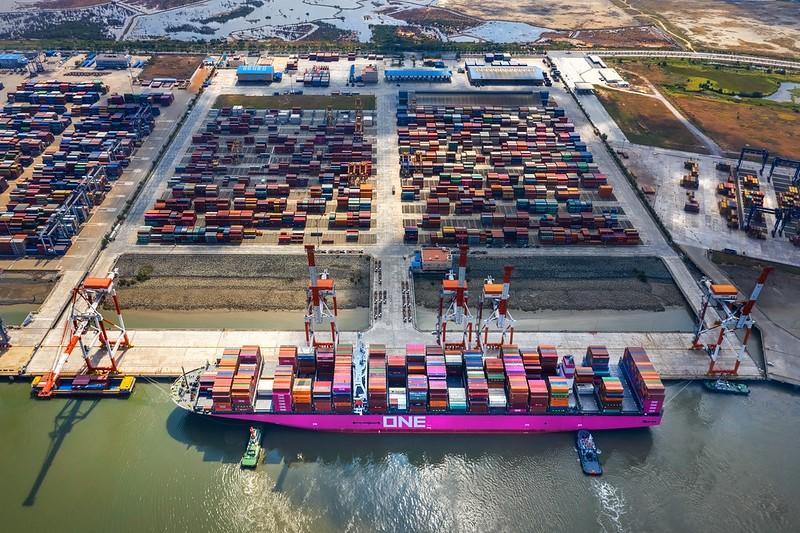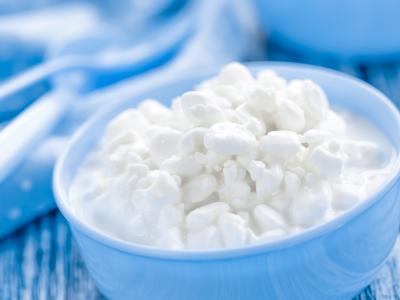After 100 days of reviewing US critical supply chains as part of Executive Order 14017, the federal government published a 250-page report yesterday, which included a review of the pharmaceutical industry's supply chain written by the Department of Health and Human Services (HHS).
Alongside these findings, the Biden-Harris administration announced immediate steps, including the establishment of a public-private consortium to tackle pharmaceutical on-shoring and to advance manufacturing.
Also, HHS appropriated $60 million via the Defense Production Act to help develop new technologies for increased domestic active pharmaceutical ingredient (API) manufacturing capacity.
In the report's section on pharmaceutical and API supply chains, HHS authors repeat issues that experts have pointed out for years: Manufacturers have no incentives to make less profitable drugs, the market does not currently reward companies with better manufacturing systems, and dealing with disruptions can be difficult because of logistics or regulatory challenges. (The authors do note multiple instances of the Food and Drug Administration's [FDA's] flexibility during COVID-19.)
To fix these issues, the authors' recommendations include investments, financial incentives, a system to promote manufacturing quality transparency, an improved surveillance system, and collaboration with other international regulatory bodies.
"Pharmaceutical supply chains are essential for the national and health security and economic prosperity of the United States, yet the COVID-19 pandemic revealed just how vulnerable the supply chain is in this country," said FDA Acting Commissioner Janet Woodcock, MD, in an HHS press release yesterday. "Now is the right time to take action to keep the U.S. drug supply chain secure and resilient."
The Biden-Harris administration also announced the new Supply Chain Disruptions Task Force, but it will focus on homebuilding and construction, semiconductors, transportation, and agriculture and food and be led by the secretaries of commerce, transportation, and agriculture.
Similar difficulties across critical industries
While Executive Order 14017 (aka, "America's Supply Chains") focused on not only pharmaceuticals but semiconductor manufacturing and advanced packaging, large-capacity batteries, and critical minerals and materials, the report's six macro recommendations can be applied to all.
Take the first two. The authors say the United States should "rebuild our production and innovation capabilities" and "support the development of markets that invest in workers, value sustainability, and drive equality." These values are applied in the pharmaceutical industry analysis because of the HHS call for investment and facilitation in innovative manufacturing.
By improving these technologies, the authors say that supply chains could be more nimble and that the increased efficiency can help offset cost differences between domestic and foreign products, the latter of which can be driven down by factors like subsidies and labor prices. To illustrate their point, the authors cite a 2011 FDA report that found that manufacturing API in India can cost 30% to 40% less than in the United States or Europe.
As another example, the third macro recommendation is to "leverage the government's role as a purchaser and investor in critical goods." This can be seen in the discussion about a virtual strategic stockpile, where the authors suggest the creation of a supply network, including API, other critical materials, and finished dosage forms (FDFs). Instead of housing these items in a central location, they suggest contracts with API and drug suppliers to hold surplus products and provide surge manufacturing capacity.
'Overdependence' is clear, but more transparency needed
The country may be experiencing fewer drug shortages since its 2011 peak, but shortages have increased since 2017, the report states. Sterile injectables and generics are particularly vulnerable, and overall, many are needed in acute care, including emergency departments.
Of 120 medications the HHS analyzed, 118 of which are from the FDA's 2020 essential medicines list, only 60 have domestic API facilities. Looking at the pharmaceutical industry as a whole, 52% and 73% of FDA-registered FDF and API facilities, respectively, are outside the United States, with even higher percentages for generics, according to the data.
These statistics are further complicated because some drug products may not have complete supply chains available to the FDA. As an example, the authors point to reports that say India gets 70% of its intermediate chemicals from China and that Europe may import 90% of generic APIs from China. These uncertainties make FDA oversight of those imported products even cloudier. The FDA also does not have the authority to require volume data from any of its registered facilities, nor does it register fine chemical facilities.
The authors use these information gaps as the basis for another recommendation: transparency. By mapping out critical supply chains and giving the FDA the authority to demand more information, the authors say that the country will better be able to predict and mitigate shortages, whether they stem from facilities domestic or abroad.
"While the United States does not need to make every drug itself, it does need increased domestic production capacity for key drugs," the authors write.
"Policy tools to increase the economic sustainability of U.S. and allied drug manufacturing include providing predictability in production costs, pricing, and volume sold; increasing government and private sector flexibility in contracting and sourcing of finished drugs and raw materials; and studying whether the current market for finished drugs supports a diversification of supply instead of relying on one or two suppliers through preferred contractual arrangements."























